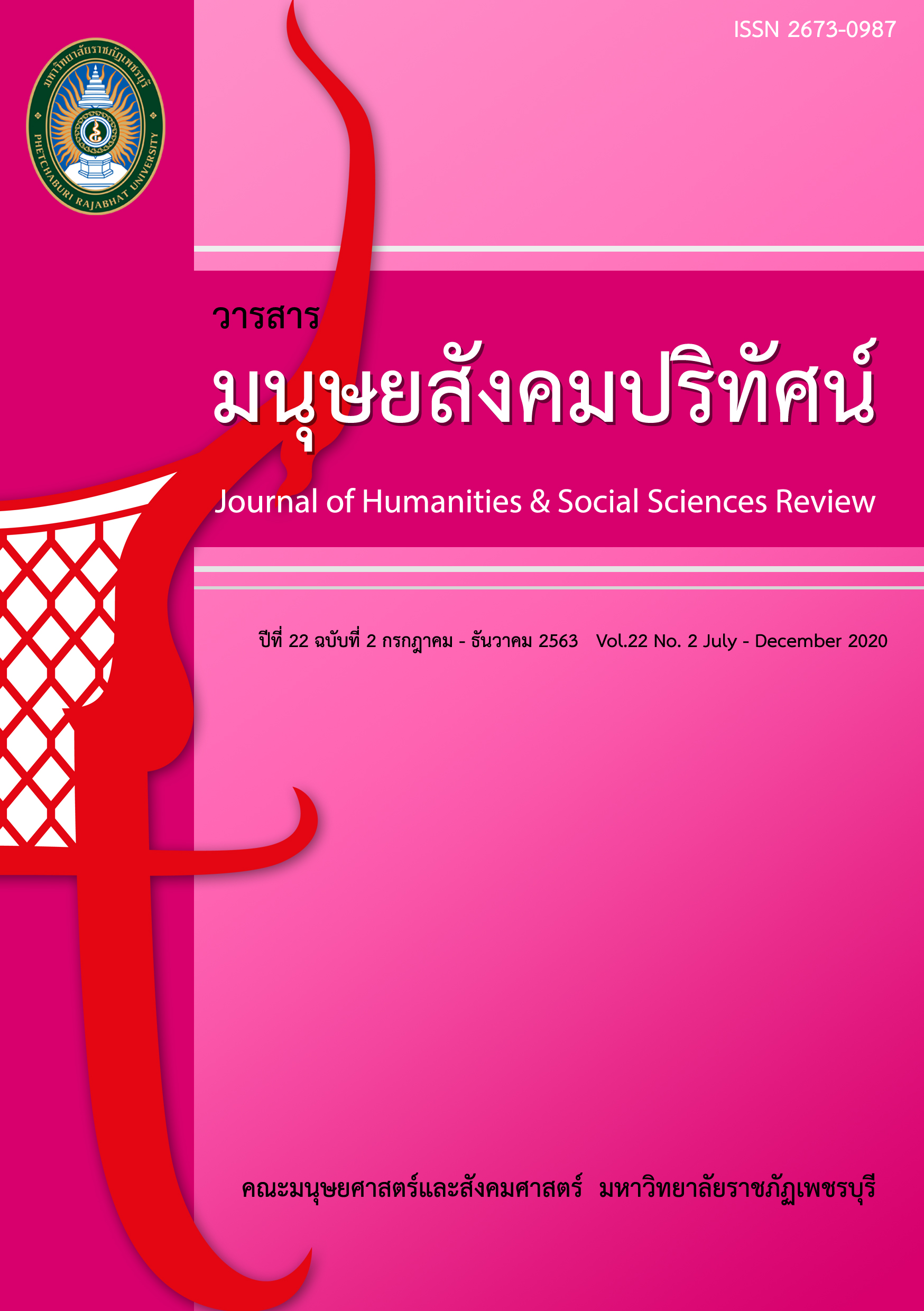STEM Education in School Libraries
Main Article Content
Abstract
This article explains about STEM learning management, which was an integration of science, technology, engineering and mathematics disciplines. It aimed to develop students to acquire knowledge and skills of thinking and problem solving of various situations. For educational management, according to the principles of STEM focus on students learning through the preparation of science projects using learning resources and seeking information for study and research about the project. The school library was therefore an important learning resource to support students' learning in basic education. The teacher was responsible for developing the library to be a learning center to support STEM learning with increased efficiency and focus on preparing the STEM learning resources and organizing activities to promote the use of STEM resources to teachers and students. In addition to the management of STEM education, teacher librarians had important roles, including (1) role as resource provider and (2) role as teaching collaborator.
Article Details
1. Any views and comments in the article are the authors’ views. The editorial board has not to agree with those views and it is not considered as the editorial board’s responsibility. In case, there is any lawsuit about copyright infringement, it is considered as the authors’ sole responsibility.
2. The article copyright belonging to Faculty of Humanities and Social Sciences, Phetchaburi Rajabhat University are copyrighted legally. Republication must be received direct permission from the authors and Phetchaburi Rajabhat University in written form.
References
2. กระทรวงศึกษาธิการ. (2562). ประกาศกระทรวงศึกษาธิการ เรื่อง นโยบายและจุดเน้นของกระทรวงศึกษาธิการ ปีงบประมาณ พ.ศ. 2564. สืบค้นเมื่อ 24 มกราคม 2564, จาก
https://www.moe.go.th/
3. กระทรวงศึกษาธิการ. (2563). ประกาศกระทรวงศึกษาธิการ เรื่อง นโยบายและจุดเน้นของกระทรวงศึกษาธิการ ปีงบประมาณ พ.ศ. 2565. สืบค้นเมื่อ 24 มกราคม 2564, จาก
https://www.moe.go.th/
4. ศูนย์สะเต็มศึกษาแห่งชาติ. (2557). คู่มือหลักสูตรอบรมครูสะเต็มศึกษา. สืบค้นเมื่อ 1 ตุลาคม 2563, จาก http://www.stemedthailand.org/wp-content/uploads/ 2015/03/newIntro-to-STEM.pdf.pdf
5. สำนักงานคณะกรรมการพัฒนาการเศรษฐกิจและสังคมแห่งชาติ. (2559). แผนพัฒนาเศรษฐกิจและสังคมแห่งชาติ ฉบับที่สิบสอง พ.ศ. 2560-2564. สืบค้นเมื่อ 24 มกราคม 2564, จากhttps://www.nesdc.go.th/ewt_dl_link.php?nid=6422
6. เสกสรร สรรสรพิสุทธิ์. (2558). เสวนาวิชาการสะเต็มศึกษา “สะเต็มศึกษา: เรียนรู้เพื่อแก้ปัญหา พัฒนานวัตกรรม นำสู่อาชีพ.” สืบค้นเมื่อ 24 มกราคม 2564, จากhttp://www.stemedthailand.org/?news
7. Cohen, S., Poitras, I., Mickens, K., & Shirali, A. (2018). Roles of the school librarian: Empowering student learning and success. Retrieved October 1, 2020, from http://www.nysl.nysed.gov/libdev/slssap/ncc-roles-brief.pdf
8. Duff, M. L. (2012). 10 Steps to creating a cutting-edge STEM school library. Young Adult Library Services, 10(2), 24-28.
9. Gonzalez, H. B., & Kuenzi, J. J. (2012). Science, Technology, Engineering, and Mathematics (STEM) education: A primer. Retrieved January 21, 2021, from https://fas.org/sgp/crs/misc/R42642.pdf
10. Government of Western Australia, Department of Education. (2020). What is STEM? Retrieved October 1, 2020, from https://www.education.wa.edu.au/what-is-stem
11. Hallinen, J. (2020). STEM: Education curriculum. Retrieved October 1, 2020, from https://www.britannica.com/topic/STEM-education.
12. Hopwood, J. (2012). Initiating STEM learning in libraries. Children & Libraries, 10(2), 53-55.
13. Johnston, M. P. (2017). Best IASL conference 2017 paper: Preparing teacher librarians to support STEM education. IASL Annual Conference Proceedings, August 2017, pp.3-13. Retrieved October 1, 2020, from https://doi.org/10.29173/iasl7145
14. Lamb, A. (2016). Citizen science part 1: Place-based STEM projects for school libraries. Teacher Librarian, 43(4), 64-69.
15. Mardis, M. A. (2014). Ready for STEM?: A leading commercial multimedia database as a source for media-rich science, technology, engineering, and mathematics assets for K-12 library collections. Library Resources & Technical Services, 58(4), 250-264.
16. Mardis, M., McLaughlin, C., & Gingell, G. (2012). Web2MARC: Sharing and using STEM digital content in school libraries. Proceedings of the 12th ACM/IEEE-CS joint conference on digital libraries, June 2012, pp.407-408. Retrieved October 1, 2020, from https://doi.org/10.1145/2232817.2232914
17. National Research Council. (2011). Successful K-12 STEM education: Identifying effective approaches in science, technology, engineering, and mathematics. Retrieved January 24, 2021, from https://www.nap.edu/resource/13158/dbasse_071100.pdf
18. National Research Council. (2012). A framework for K-12 science education: Practice, crosscutting concepts, and core ideas. Washington, DC: National Academic Press.
19. National Science Teaching Association. (2021). STEM education teaching and learning. Retrieved January 21, 2021, from https://www.nsta.org/nstas-official-positions/stem-education-teaching-and-learning
20. Subramaniam, M. M., Ahn, J., Fleischmann, K. R., & Druin, A. (2012). Reimagining the role of school libraries in STEM education: Creating hybrid spaces exploration. Library Quarterly, 82(2), 161-182.
21. Vasquez, J. A., Sneider, C., & Comer, M. (2013). STEM lesson essentials: Integrating science, technology, engineering, and mathematics. Portsmouth, NH: Heinemann.
22. Woods, S., & Hsu, Y.-C. (2020). Making spaces for STEM in the school library. TechTrends, 64, 388-394.
23. Young, T. E., Jr. (2012). STEM: Sparking innovation and imagination in school libraries. Library Media Connection, 30(5), 14-16.


